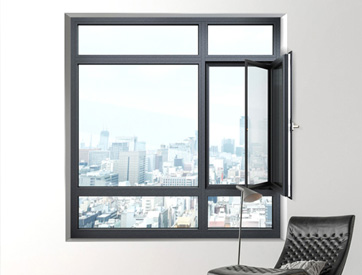About Aluminium Security Exterior Doors
Exterior doors are an important part of a building’s façade and are usually used for the entrance and exit of residential, commercial and industrial buildings and public facilities. As a gateway connecting indoor and outdoor environments, exterior doors not only play a protective role, but also carry multiple functions such as aesthetics, ventilation, safety, sound insulation and so on. The design and selection of exterior doors directly affect the overall effect of the building and the use of comfort, so in the purchase and installation, you need to make a reasonable choice according to the specific needs of the use, environmental conditions and safety requirements.
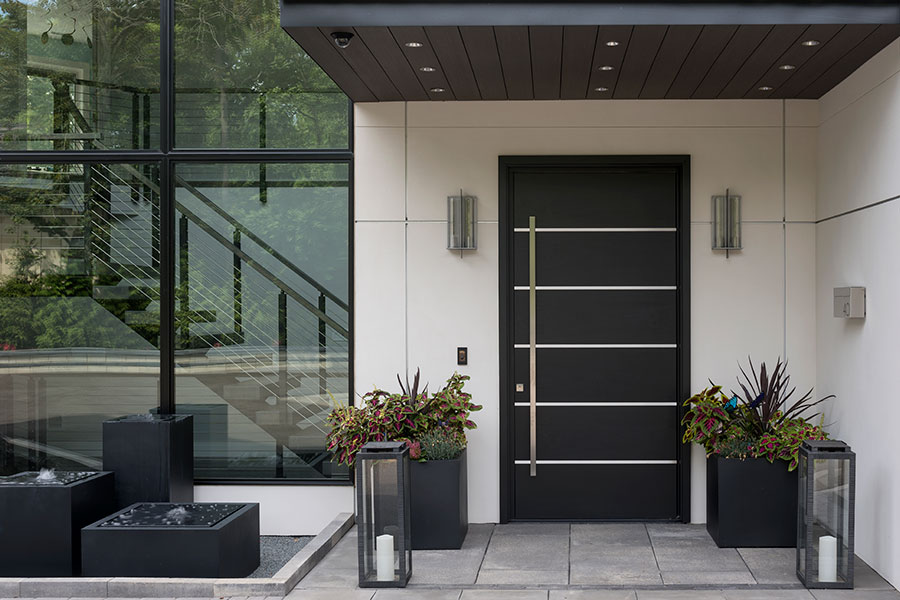
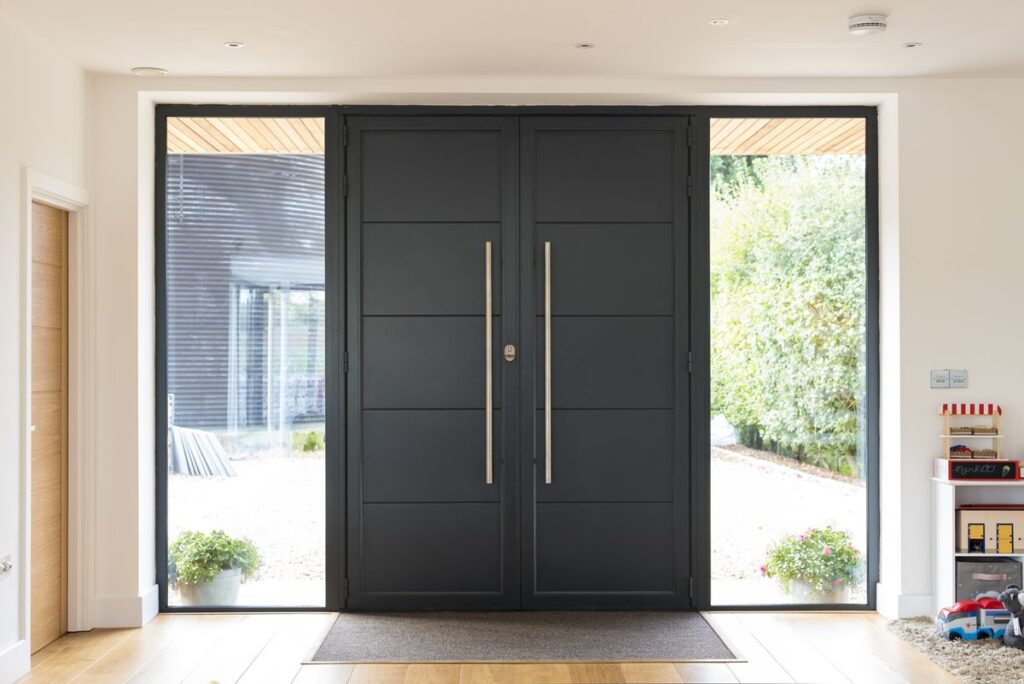
Functional Requirements for Exterior Doors
1、Protection: external doors should be able to effectively block the external bad weather (such as wind and rain, sunshine, etc.), prevent the intrusion of lawless elements, and protect indoor safety.
2、Acoustic effect: external doors need to reduce the incoming external noise, to provide a quiet and comfortable indoor environment, especially located in busy traffic areas or noisy environment of the external door.
3、Ventilation and lighting: External doors are usually designed as window and door systems with ventilation or lighting functions to help regulate indoor air circulation and natural light.
4、Aesthetics: As an important part of a building’s façade, external doors need to be designed to harmonise with the building’s style and to enhance the aesthetics and overall feel of the building.
5、Thermal insulation: External doors need to have good thermal insulation properties to avoid hot and cold air from outside entering the room directly, affecting temperature control and energy efficiency.
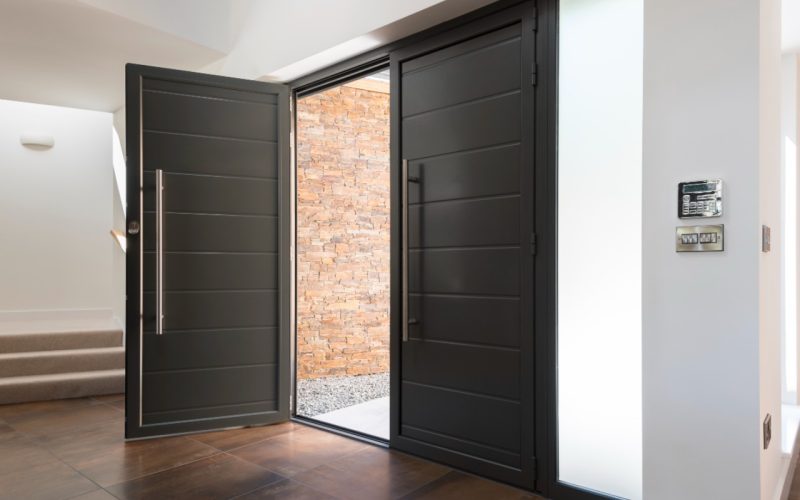
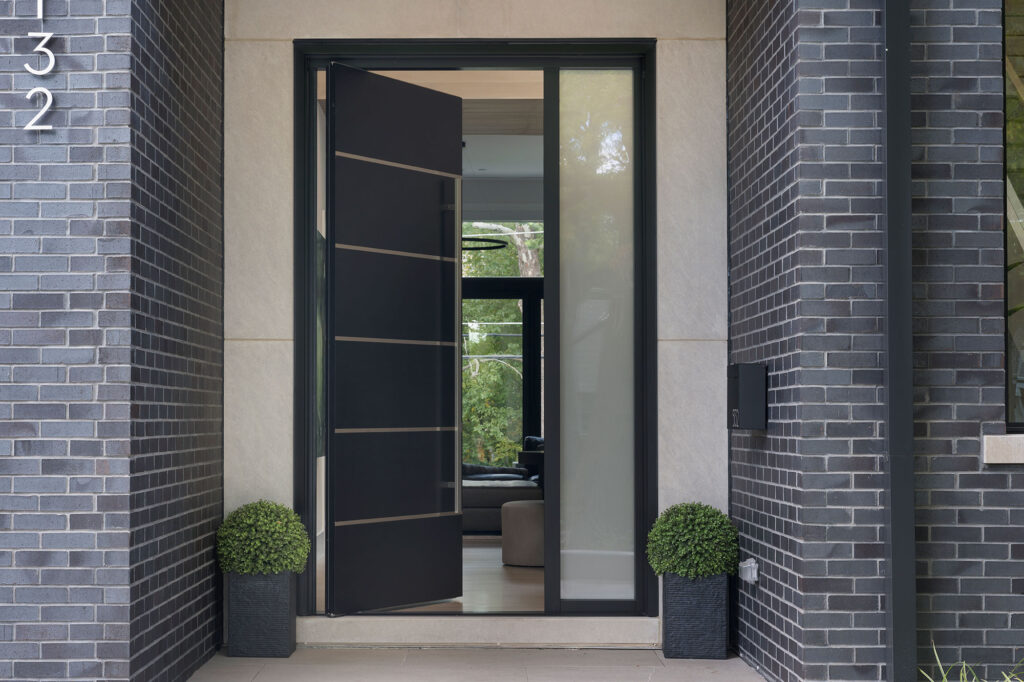
Types of external doors
There are various types of exterior doors depending on the design, function and material. Here are a few common types of exterior doors:
1、Single-opening door:
Single-opening doors are the most common type of exterior door design and are typically used in residential and small commercial buildings. The door is connected by a single hinge that allows it to open on one side, making it suitable for locations with less need for access.
It is suitable for residences, interior doors, emergency exits, etc.
2、Bi-Opening Doors:
Bi-parting doors consist of two doors and are commonly found in spacious door designs such as villas, courtyards, shops, etc. Bi-parting doors are suitable for larger openings and provide wider access.
Commonly found in villas, large residences, commercial buildings, garden doors, etc.
3、Sliding door:
Sliding door adopts track sliding switch, suitable for places with smaller space or needing frequent opening and closing. Sliding doors are commonly used in balconies, courtyards, shops, hotels and other occasions, which can maximise space saving.
Sliding doors are commonly used in balcony doors, patio doors, outdoor dining room and so on.
4、Folding door:
Folding doors consist of multiple sashes that are able to fold open along a track to provide a larger opening. Folding doors are suitable for places that require flexibility and greater access space.
Suitable for sunrooms, patios, decks, meeting rooms, etc.
5、Security Door/Burglar Door:
Security doors or anti-theft doors are external doors designed for increased security, usually made of steel, stainless steel or composite materials, equipped with high-strength locks, anti-theft frames and reinforced designs to prevent intruders from prying open doors and windows.
They are commonly used in residences, commercial buildings, factories and other places that require high security.
6、Smart Door:
Smart doors integrate modern technology and are able to be switched on and off and controlled through an intelligent system. Users can operate it through mobile phones, fingerprint identification, facial recognition, remote control and other means, which enhances the convenience and security of the door.
Commonly used in high-end residential, office buildings, hotels, smart home systems and so on.
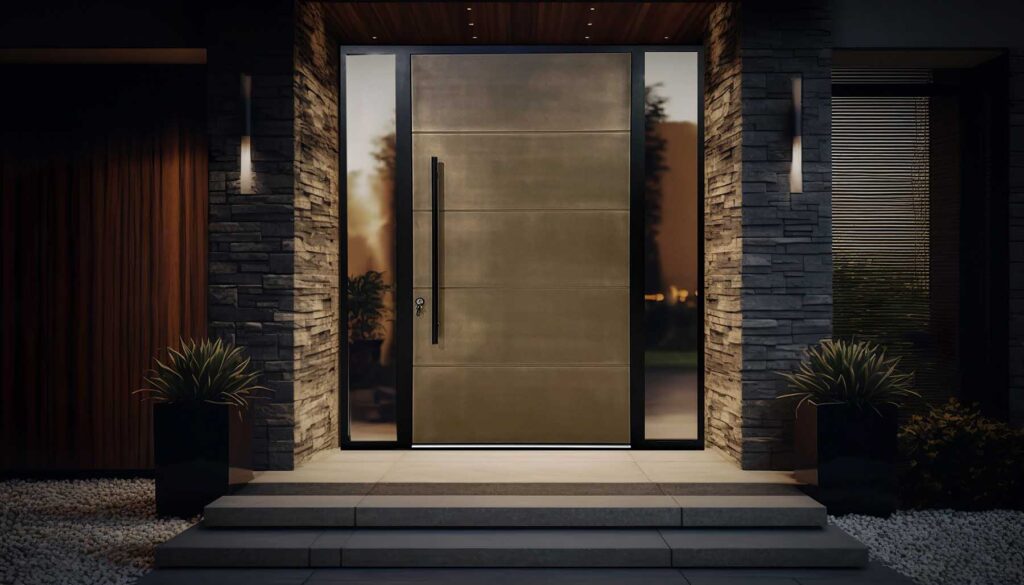
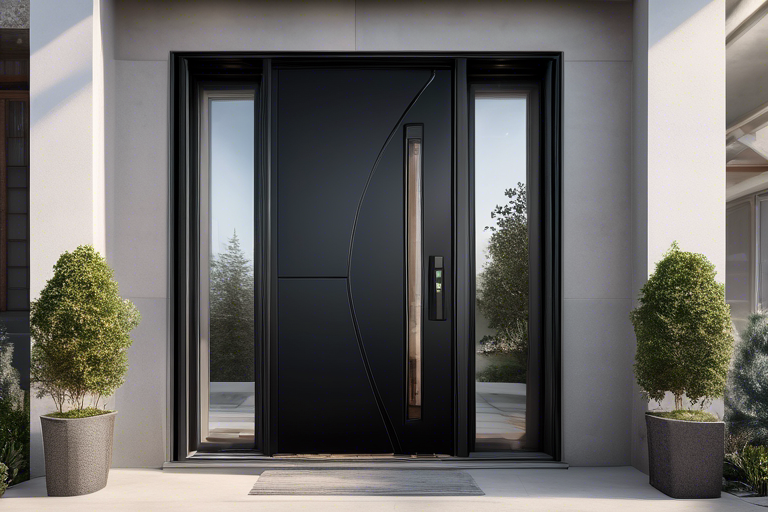
Common materials for external doors
The material of the exterior door directly affects the durability, safety, soundproofing, thermal insulation and other properties of the door, common exterior door materials include:
1、Wood:
Wooden doors are commonly used for exterior doors on homes and some smaller buildings due to their natural beauty, thermal and sound insulation properties. Wooden doors are highly decorative and are suitable for traditional or classic style buildings.
Common materials: solid wood, composite wood, plywood, etc.
2、Steel:
Steel doors are widely used in industrial buildings, shops, buildings and other places due to their high strength, durability and fire resistance. Steel doors have good wind pressure resistance, anti-theft and fire prevention functions, but the appearance design is usually simpler.
Common materials: steel plate, stainless steel, aluminium alloy, etc.
3、Aluminium alloy:
Aluminium alloy exterior doors are commonly used in modern residential and commercial buildings due to their lightweight, corrosion, oxidation resistance and aesthetic appeal. Aluminium alloy doors have good weather resistance and weatherproof performance, and at the same time, they can be made into large glass windows to enhance the sense of light and transparency.
Common materials: aluminium alloy frame with glass or other filling materials.
4、Glass:
With its transparency and modernity, glass exterior doors are suitable for buildings that require good lighting and aesthetic design. It is often used in conjunction with other materials such as aluminium alloy or steel to form a large glass door and window system.
Common materials: single or double tempered glass, laminated glass, etc.
5、Composite Materials:
Composite exterior doors generally combine the advantages of different materials, such as wood, steel and glass and other materials composite. Composite external doors have better thermal insulation, sound insulation, fire protection, wind resistance and other properties, while enabling more flexible design.
Common materials: aluminium-wood composite, steel-wood composite, etc.
